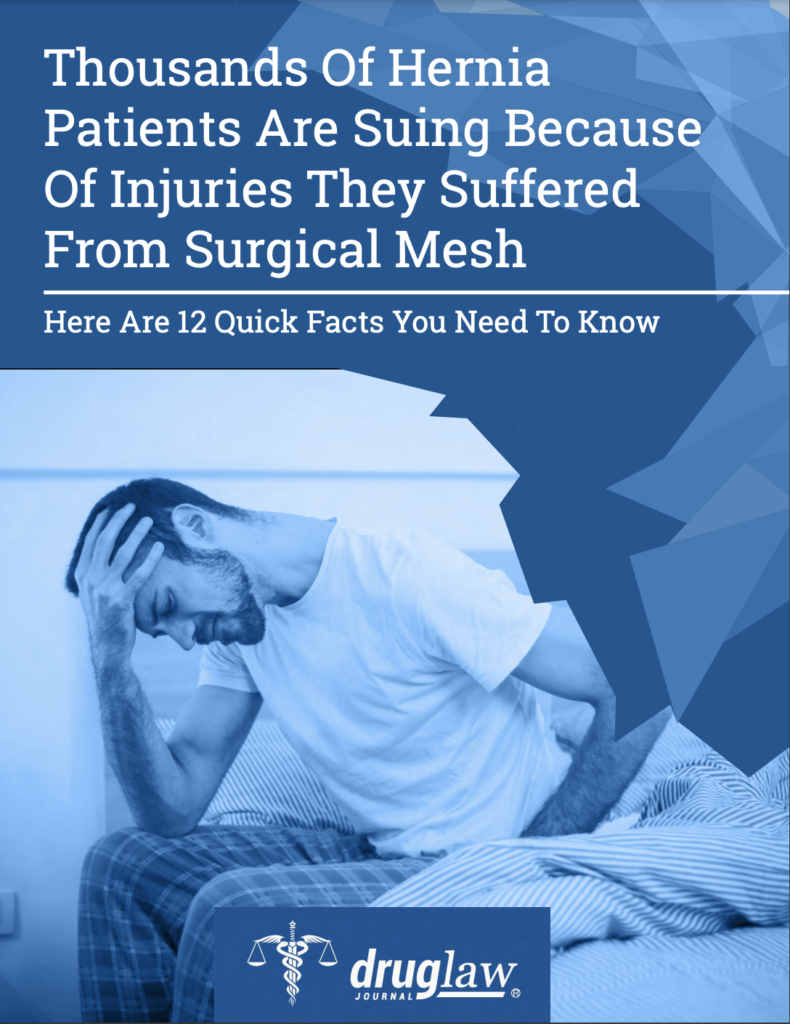
C.R. Bard, a subsidiary of Becton, Dickinson and Co., began its first bellwether trial on Monday, August 2nd over claims that its hernia repair surgical mesh is defective. The trial is expected to last over five weeks with testimony from plaintiff Steven Johns, his treating physician, Bard employees, and expert witnesses for both sides.
Background in Defective Hernia Mesh Lawsuit
Specifically, Utah resident Johns alleges that he suffered “persistent, debilitating pain” and emotional distress after he was implanted with the Ventralight ST hernia mesh patch in 2015 to repair an abdominal hernia. He is bringing claims of negligence, design defect, manufacturing defect, breach of warranty, negligent misrepresentation, and violation of Utah’s consumer protection laws. A spokesman for the manufacturing company declined to comment on the case.
Bard marketed Ventralight and other similar products to support damaged tissue following hernia (a protrusion of an organ through a weak spot in a muscle or collective tissue wall) repair surgery. For Johns, the first surgery was not successful. A second surgery was then done to replace the first Ventralight patch, followed by a third surgery to repair a recurrence of the hernia. He claims that product design is “unreasonably dangerous” and that an anti-adhesive coating used to prevent the mesh from sticking to tissue is toxic and damaging.
Implications of Defective Hernia Mesh Ruling
The ruling of the bellwether trial will show the potential outcome of more than 13,000 lawsuits around the country from plaintiffs who allege the products caused pain, inflammation, and infection. These lawsuits have been consolidated into a multi district litigation (MDL) before Chief U.S. District Judge Edmund Sargus in Columbus, Ohio. It is the third largest MDL in the country. In total, the company is facing more than 25,000 lawsuits, with most of them in a Rhode Island coordinating litigation.
In 2011, Bard settled about 2,600 lawsuits for $184 million related to an earlier hernia mesh product after losing a bellwether trial.
For more information about defective hernia mesh repair products, contact us today.


